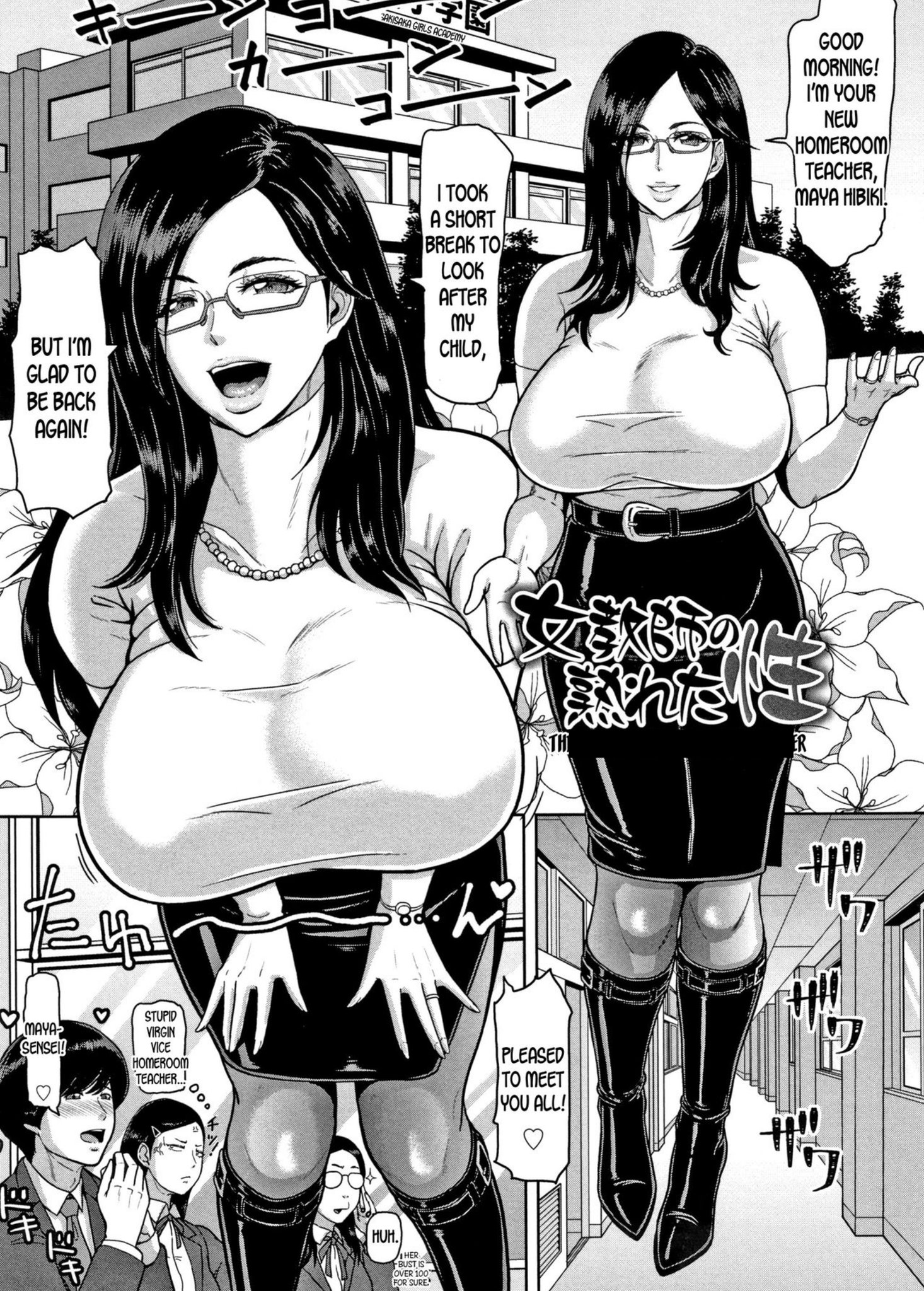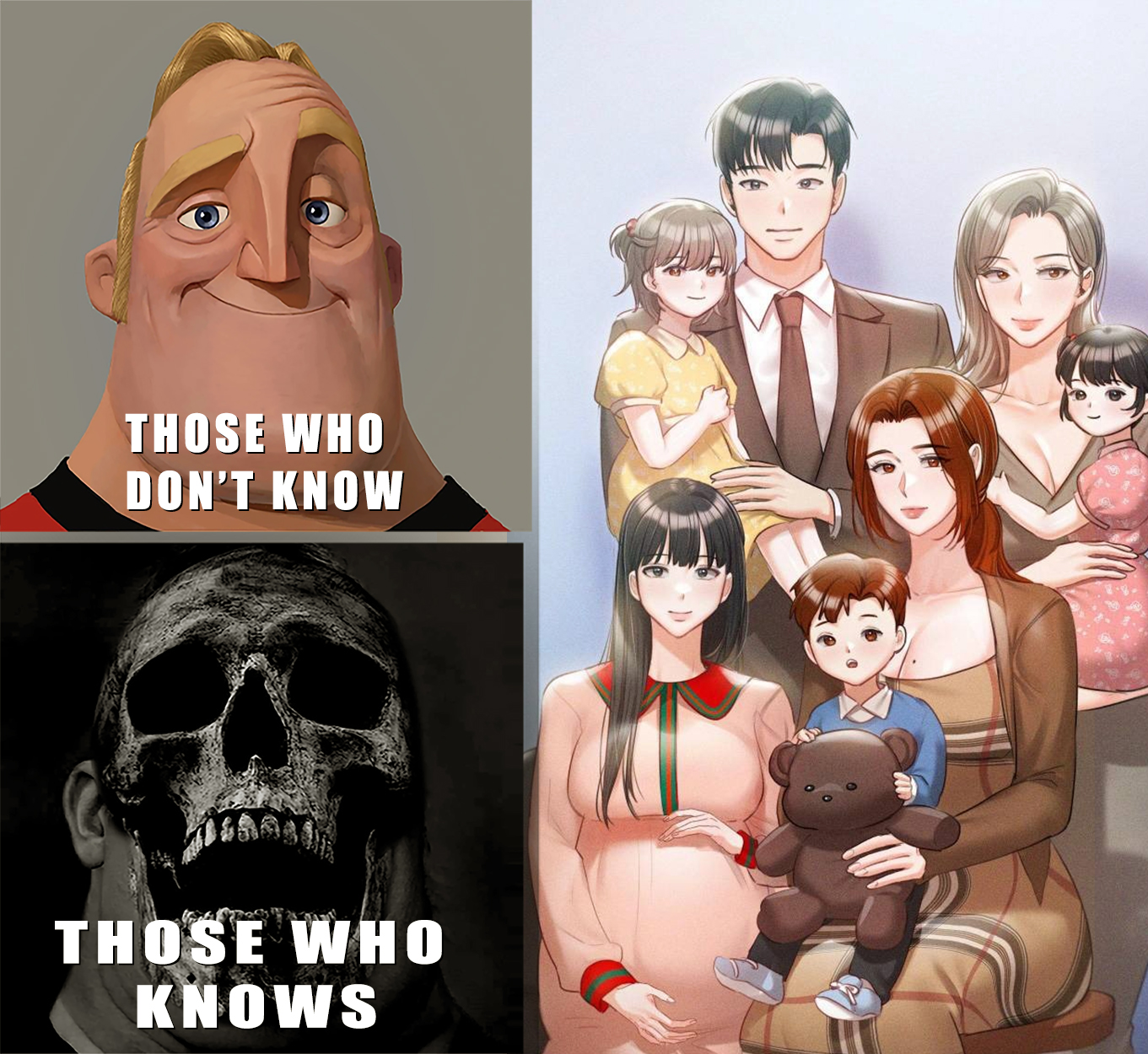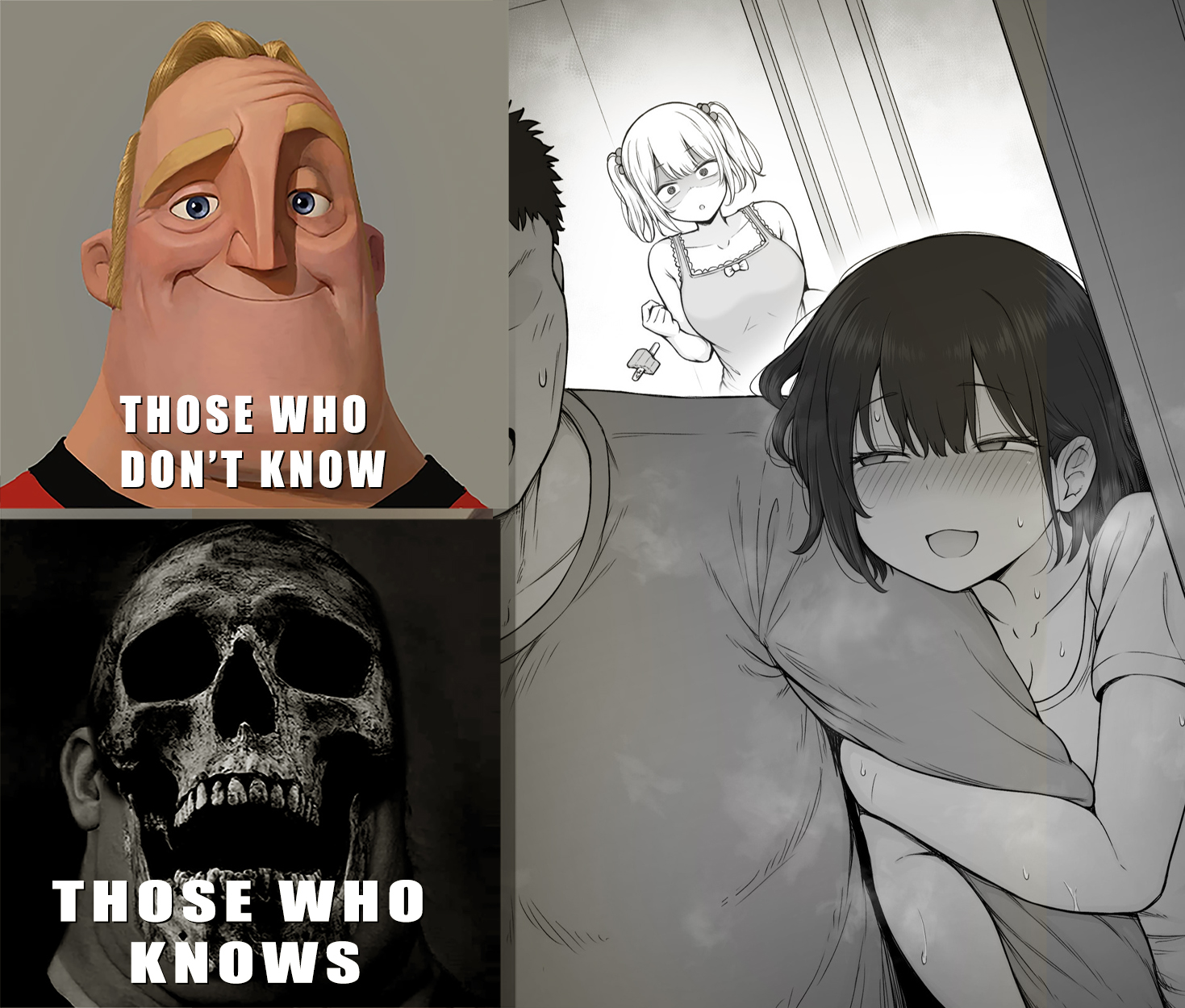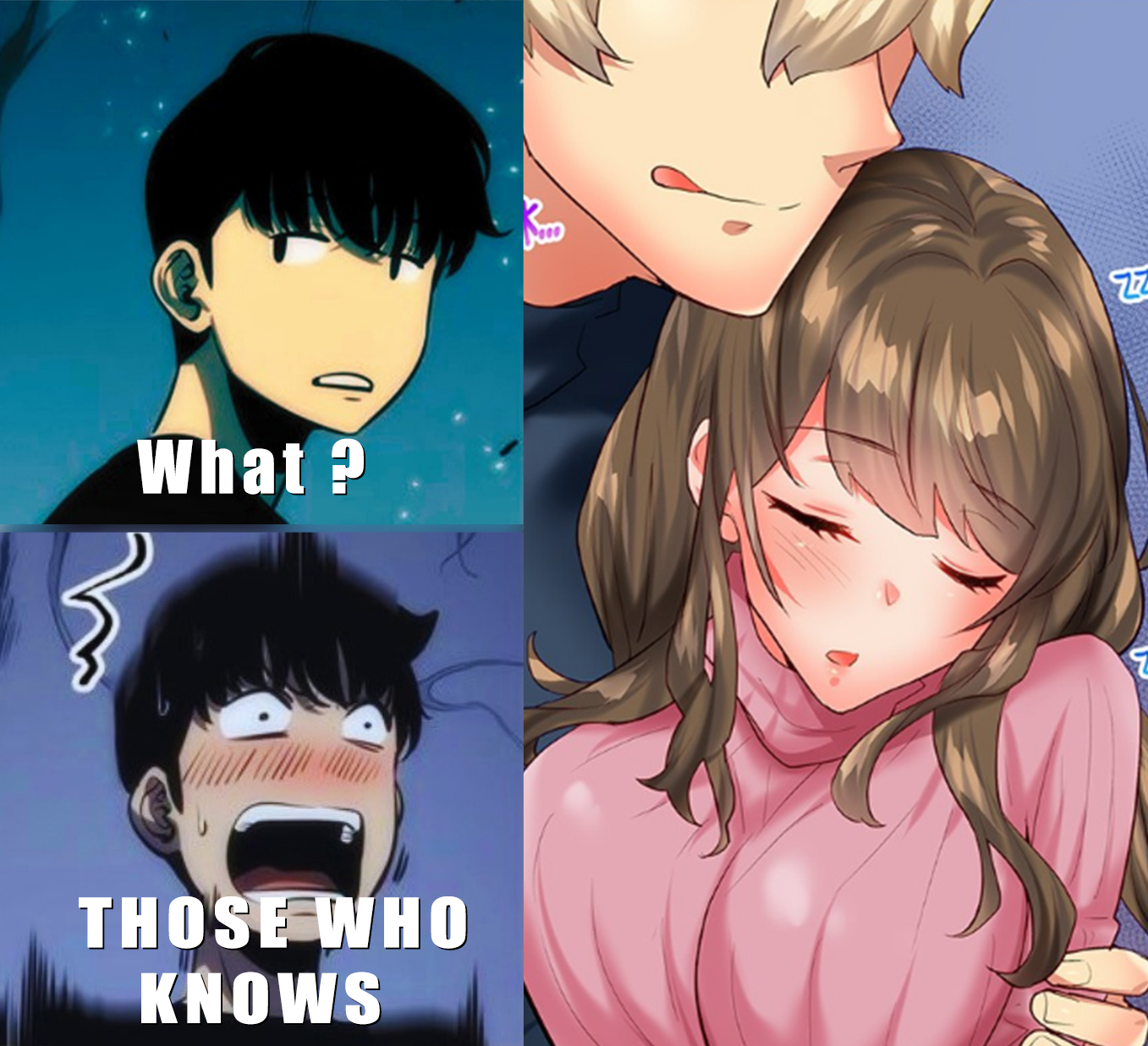As our society evolves and becomes more interconnected, the representation of various races and identities in media, including anime, has seen a gradual increase. This trend extends to transgender characters, often referred to as “tg anime characters,” who play a crucial role in highlighting gender diversity in these shows.
Anime like One Piece prominently features transgender characters such as Kikunojo and Yamato, offering explicit representation. Meanwhile, others like Nao in Skip and Loafer subtly show transgender identities.
Representation of transgender characters in anime is important for the queer community, providing visibility and relatability. To celebrate this, here’s a list of notable transgender anime characters. Feel free to vote for the characters you believe are the best representatives of transgender identities in anime.
1) Alluka Zoldyck
Alluka Zoldyck, Killua’s younger sister, bravely asserts her true gender identity in defiance of her family’s objections. In the face of this challenge, Killua, her loving brother, stands firmly by her side, risking everything to support Alluka through her transition.
Alluka’s story is a poignant reminder of the struggle for transgender acceptance, especially within families. It sheds light on the complexities and hardships that trans individuals often endure, juxtaposed with Killua’s unwavering commitment to his sister’s happiness.
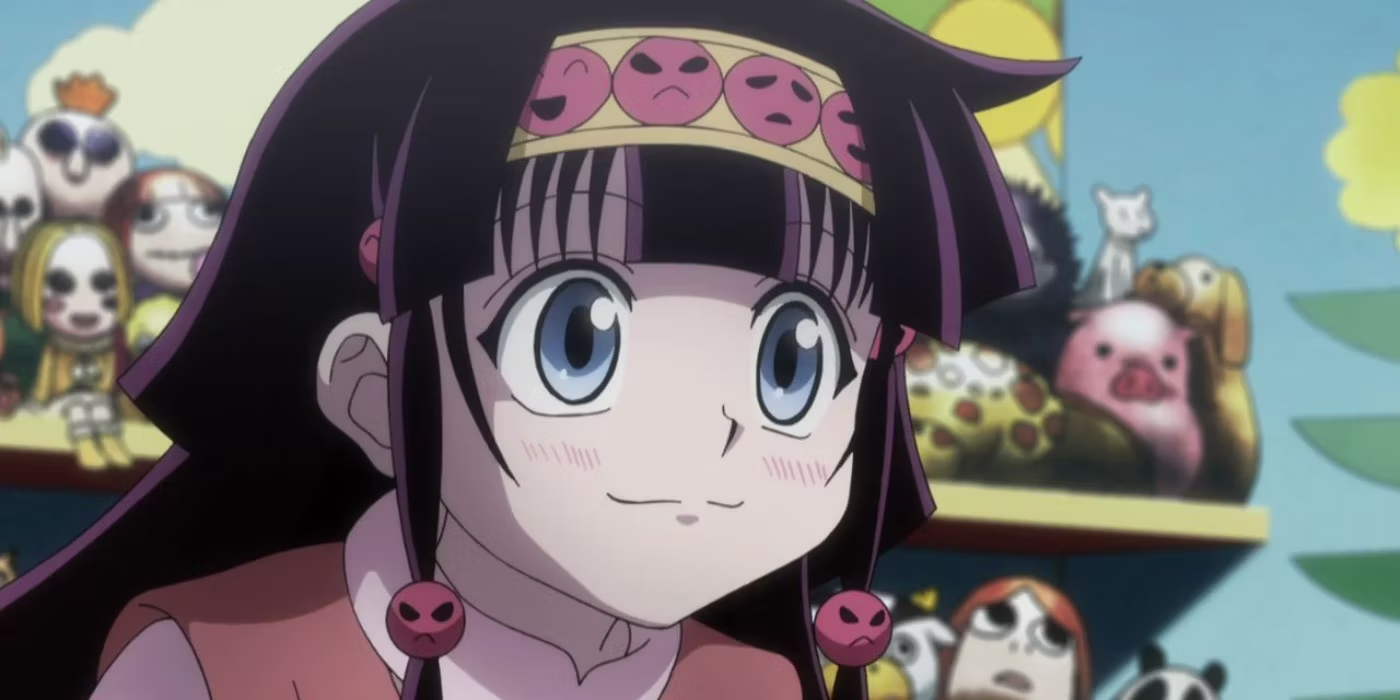
Their relationship showcases the powerful bond of brotherly love, demonstrating how familial support can make a huge difference in someone’s journey towards self-acceptance.
Alluka’s courage in embracing her true self and Killua’s dedication to protecting her illustrate the importance of love and understanding in overcoming societal and familial pressures.
2) Grell Sutcliff
Grell Sutcliff, the grim reaper from Black Butler, embraces her true feminine identity with unapologetic joy, despite facing criticism from others in the rigid Victorian era. Her flamboyant personality and unwavering determination to live authentically shine through in her role as a shinigami dispatcher.

Grell fearlessly fights for justice and love, refusing to conform to societal norms that would deny her true self-expression. Her vibrant spirit and bold defiance challenge the limitations imposed by society, making her a powerful representation of transgender individuals in anime.
Through Grell’s character, Black Butler delivers a message of self-acceptance and resilience, highlighting the importance of staying true to oneself even in the face of adversity. Her story resonates with many, illustrating the universal struggle for acceptance and the freedom that comes with embracing one’s identity.
3) Shuichi Nitori
In Wandering Son, Shuichi Nitori, a shy high school student, deals with the challenges of beginning her journey as a transgender girl. The series delicately portrays Shuichi’s struggle to express her true gender identity while seeking acceptance from those around her.
Through Shuichi’s experiences, Wandering Son offers an intimate peak into the complex nature of adolescence and the discovery of transgender identity. The story captures the nuances of her emotions and the obstacles she faces, from grappling with her own feelings to face societal expectations.

As Shuichi progresses through her transition, the manga sensitively addresses the difficulties of being true to oneself in a reality that one may not always understand or accept. Her story resonates with authenticity, portraying the highs and lows of her journey with empathy and sincerity.
Wandering Son’s portrayal of Shuichi’s journey is heartfelt and poignant, shedding light on the personal growth and self-discovery that come with embracing one’s true identity.
4) Lily Hoshikawa
Lily Hoshikawa, a young zombie, takes center stage in Zombie Land Saga and has become a notable representative of the transgender community in anime. As the first transgender main character in an idol franchise series, Lily’s presence marks a significant milestone.
Her coming-out episode in the series was warmly received, largely due to the positive and supportive reaction from the characters around her. This portrayal not only acknowledges Lily’s gender identity but also underscores the importance of acceptance and understanding in the narrative.
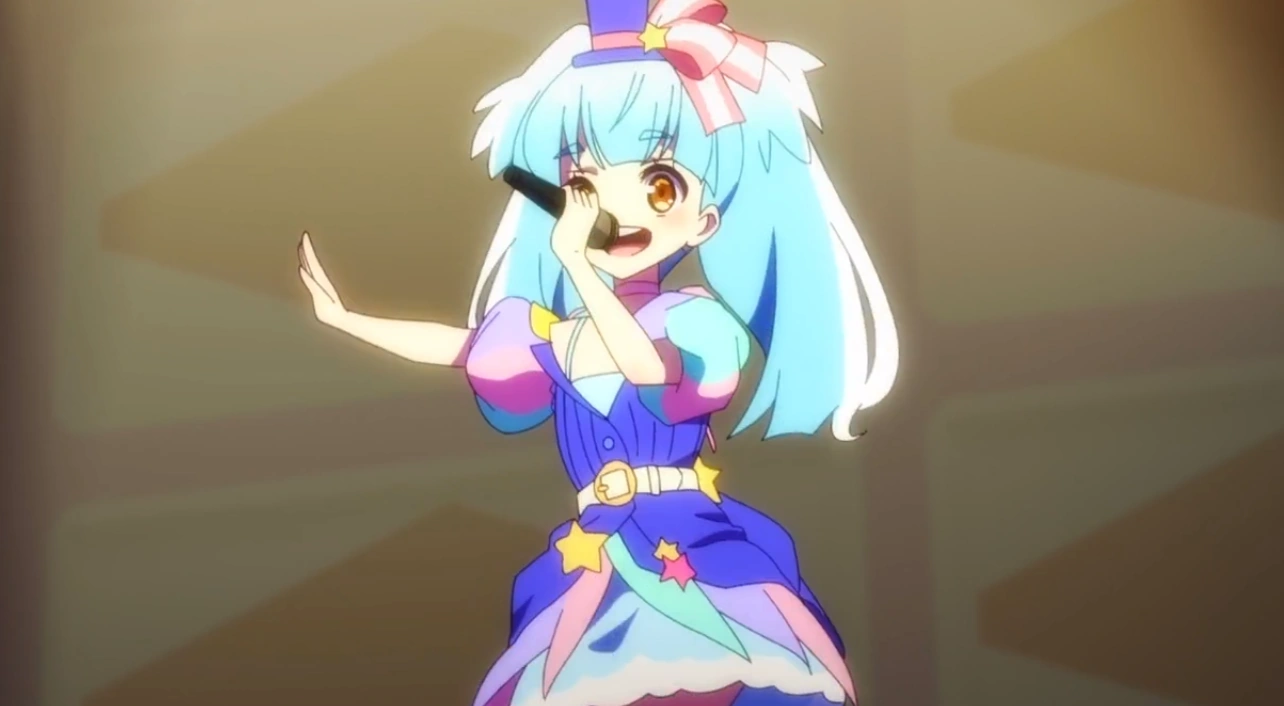
Lily’s story in Zombie Land Saga offers a refreshing perspective on transgender representation in anime. It portrays her journey with authenticity and sensitivity, highlighting the challenges and triumphs of her experience.
By showcasing a transgender character in a mainstream series, the anime provides visibility and validation for transgender individuals within the community.
5) Ruka Urushibara
Ruka from the anime Steins;Gate is consistently misgendered as male by others, yet she confidently affirms her own gender identity to the audience. Her portrayal challenges the idea that gender identity is strictly defined by societal norms.
Throughout the show, Ruka’s character emphasizes that genderqueer individuals can have a clear understanding of their identity, despite external misclassification. Her story sheds light on the struggles faced by transgender people and the importance of self-affirmation.

By showing Ruka’s journey, Steins;Gate presents a narrative that encourages viewers to rethink traditional gender norms and accept people for who they truly are. Ruka’s presence in the anime is a significant step forward in representing transgender characters with authenticity and respect.
6) Kikunojo
A dedicated warrior in service to the Kozuki Clan, Kikunojo bravely lives as a woman despite being born male. Her loyalty to her lord is matched only by her commitment to seeking justice for the marginalized and oppressed.
Throughout her journey, Kikunojo’s courage serves as a beacon, encouraging others to embrace their true selves and defy societal norms. Her story highlights the resilience and strength required to live authentically, challenging traditional expectations and inspiring others to do the same.
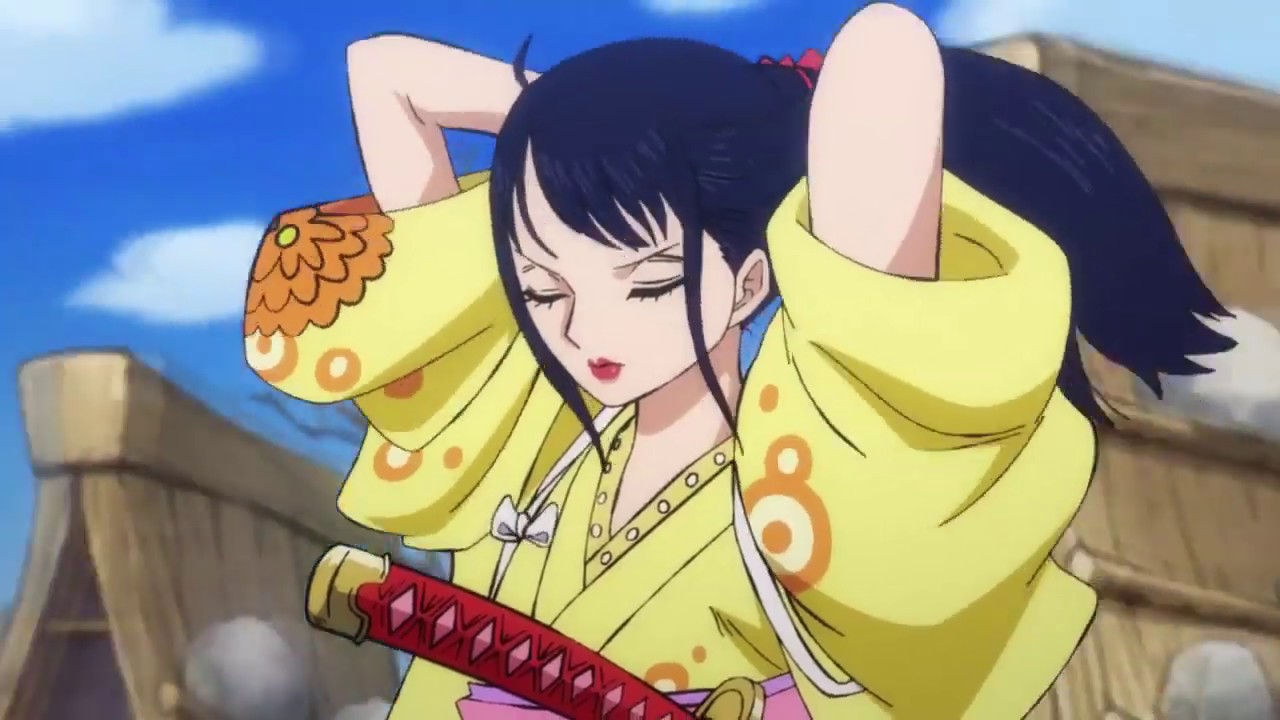
Kikunojo’s portrayal in the series underscores the importance of self-acceptance and living with integrity, regardless of the constraints imposed by society. Her character resonates with audiences by emphasizing the power of identity and the right to express oneself freely.
7) Seiko Kotobuki
Seiko Kotobuki from Lovely Complex initially tries to impress her crush by presenting as male, driven by her obsession with cute idols. However, through this experience, Seiko discovers a deeper understanding of herself and learns to embrace her true female identity while maintaining her love for traditionally masculine hobbies.

Her journey in the series is a powerful discovery of fluid identities, illustrating that gender identity does not always align with societal norms. Seiko’s arc challenges the notion that one must conform to specific gender roles, demonstrating that it’s possible to be true to oneself while breaking free from traditional expectations.
By embracing her femininity while still enjoying her interests, Seiko becomes a symbol of self-acceptance and authenticity. Her story encourages others to understand and celebrate their identities, regardless of societal pressures or norms.
8) Kiyoharu Suirenji
Kiyoharu Suirenji faced bullying and discrimination for her gender identity during school, yet she emerged as a source of inspiration as a magical girl, defying the odds. Despite the challenges she encountered, Kiyoharu maintains a positive outlook and courageously confronts her bullies.
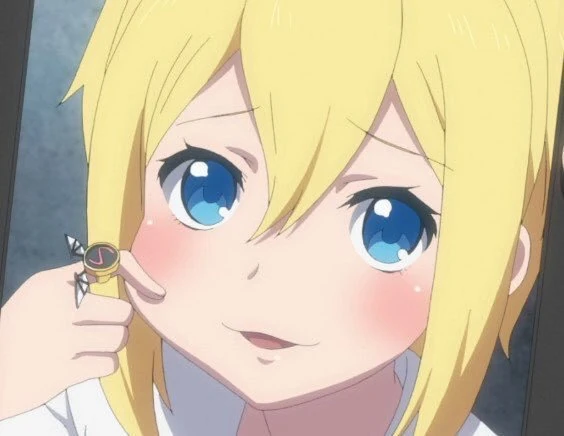
Her journey exemplifies the resilience and strength of transgender individuals as they maneuver through adversity and discrimination. Kiyoharu’s story is a testament to the perseverance and determination of trans people who continue to thrive despite facing obstacles.
By becoming a magical girl and inspiring others, Kiyoharu not only embraces her true identity but also challenges societal norms and expectations. Her resilience in the face of adversity serves as a beacon of hope for those who are struggling with their own gender identity.
9) Yoshino Takatsuki
In Wandering Son, Yoshino Takatsuki is a young student living life as a transgender boy amidst criticism from peers. Despite the challenges, Yoshino bravely presents himself as male, grappling with the delicate balance between self-expression and societal norms.
His character arc in the series provides a deeply human portrayal of the struggles faced by transgender youth, offering viewers a window into the real-life challenges many face.
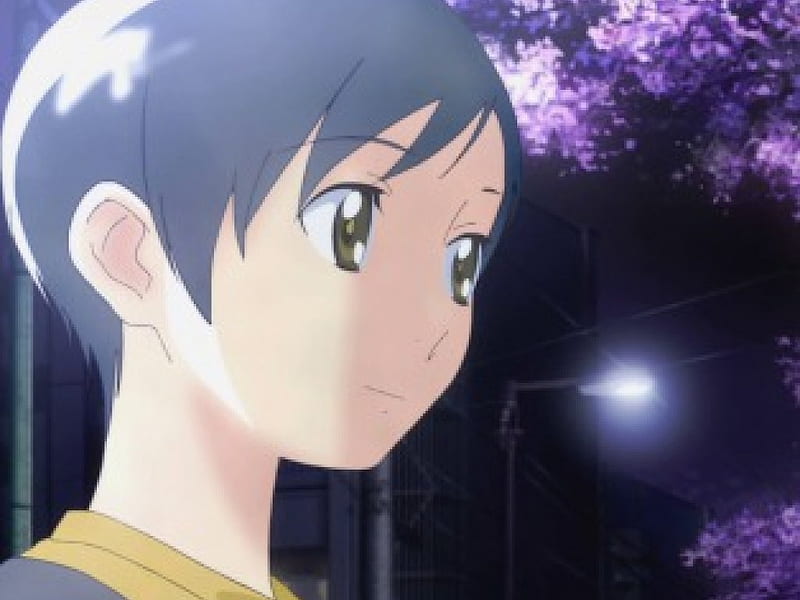
By bringing these issues to the screen, Wandering Son sheds light on the complexities of gender identity and the difficulties young transgender individuals encounter in their daily lives.
Yoshino’s journey is a poignant show of the courage it takes to be true to oneself in a reality that often misunderstands or opposes that truth. His story resonates with many viewers, providing validation and representation for transgender youth who are forging their own paths of self-discovery and acceptance.
10) Hibari Oozora
Stop!! Hibari-kun! is a pioneering example of queer and trans representation in anime, produced in the 90s with its manga serialized in the 80s. The series places its protagonist, Hibari, front and center—a transgender girl dealing with the challenges and resistance of those around her.

Hibari’s character challenges societal norms, demonstrating that queer individuals have existed for decades and deserve their place in media representation. Despite the pushback, Hibari’s story resonates with the ongoing struggle for acceptance and understanding of transgender identities.
By portraying a transgender character in a time when such representation was rare, Stop!! Hibari-kun! paved the way for future anime to show diverse gender identities. It highlights the enduring presence of queer characters in media and their importance in reflecting the diversity of human experiences.
11) Isabella Yamamoto
Isabella Yamamoto from Paradise Kiss is a supporting character whose life extends far beyond her transgender identity. She’s portrayed as a caring friend and a talented individual deeply passionate about fashion.
Throughout the series, Isabella’s gender journey involves her changing pronouns and presentation and finding solace and support from her friends, even though her family remains unsupportive.

Isabella’s story in Paradise Kiss is a powerful portrayal of courage in embracing one’s true self despite societal and familial challenges.
She stands out not just for her transgender identity but for her determination and success in pursuing her dreams. Isabella’s character serves as a reminder of the resilience and strength required to live authentically.
12) Tooru Mutsuki
Tooru Mutsuki from Tokyo Ghoul struggles with the conflict between his feminine appearance and his male identity. Initially presenting as female, Mutsuki transitions to presenting as male after joining the CCG. Despite ongoing dysphoria and internal struggles, his determination to live authentically as himself remains steadfast.

Mutsuki’s journey in Tokyo Ghoul portrays the complexities of gender identity and the challenges of transitioning. His story shows the difficult path of self-discovery and acceptance, highlighting the resilience required to overcome societal expectations and personal insecurities.
Throughout the series, Mutsuki’s character evolves as he grapples with his identity and finds ways to express himself authentically. His depiction reflects the struggles many individuals face in coming to terms with their gender identity and the courage it takes to assert their true selves.
13) Arashi Narukami
In Ensemble Stars!, Arashi Narukami, the self-proclaimed “queen of the knights,” privately identifies as female, a reflection of her true self. Despite facing doubts and challenges, Arashi finds inner strength by embracing her identity as a girl and fiercely defending her friends with a sisterly spirit.
Her journey in the series highlights the importance of self-acceptance and the courage it takes to be true to oneself, regardless of societal expectations or appearances.

Arashi’s character demonstrates that one’s gender identity is defined by the individual themselves, not by external perceptions or appearances. She challenges stereotypes and norms, advocating for personal authenticity and the right to express oneself freely.
Throughout Ensemble Stars!, Arashi’s portrayal as a transgender character is sensitive and respectful, focusing on her personal growth and the support she receives from her friends. Her story resonates with viewers by addressing themes of identity, acceptance, and the strength found in embracing who you truly are.
14) Futaba Aoi
Futaba Aoi is a character from the 90s anime scene, celebrated as one of the early representations of transgender individuals in animated media.
While the show sometimes approaches her gender identity with questionable elements, Futaba became a figure many trans fans looked up to during their youth, emphasizing the importance of queer representation on screen.

As a character, Futaba’s portrayal allowed viewers to see a transgender person living their identity in a time when such representation was rare. Her presence in anime provided a sense of validation and visibility for many who identified with her journey of self-discovery and acceptance.
Despite the shortcomings in how her story was told, Futaba Aoi’s character was significant in showing that transgender individuals exist and deserve to see themselves represented in media.
15) Hiroyuki Yoshida
In Wandering Son, Hiroyuki Yoshida is a transgender woman who underwent her transition during her teenage years. Now, she guides students who also understand their own identities, offering them wisdom and empathy based on her personal journey to adulthood.
Yuki’s character in the series provides valuable insight into the experiences of transgender individuals, illustrating how members of the trans community can support and uplift each other as allies.

Yuki’s role in the anime is significant because it portrays the challenges and triumphs of transitioning at a young age, highlighting the importance of understanding and acceptance within oneself and from others.
Her character not only serves as a mentor to younger characters in the story but also as a beacon of hope and inspiration for viewers who may be dealing with similar paths in their own lives.
16) Makoto Ariga
Makoto is a young transgender girl who is on a journey to discover and understand her identity, supported by a close-knit group of genderqueer friends.
Her presence in the show not only highlights the process through which trans youth learn about themselves and their gender but also underscores the vital role of support from loved ones in the lives of young trans individuals.
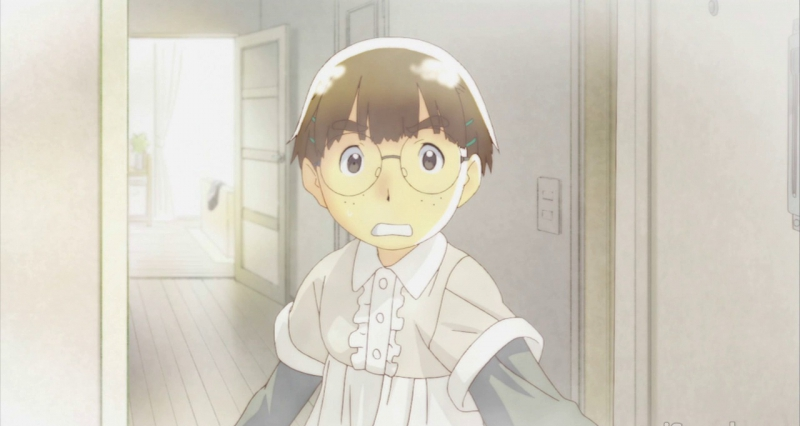
In the series, Makoto’s story is portrayed with sensitivity and realism, showing the challenges she faces as she lives her gender identity. Her friends provide a safe space where she can express herself authentically, demonstrating the importance of having a supportive community around her.
This support helps Makoto build confidence in herself and her identity, showing viewers the positive impact that understanding and acceptance can have on someone’s journey of self-discovery.
17) Nao
Nao’s gender identity isn’t a central focus in Skip and Loafer; it’s a subtle part of her character, not defining her entirely. This nuanced portrayal is what makes Nao’s representation as a transgender woman significant.
Rather than being the sole focus of her existence, her gender identity is woven naturally into her everyday life, just like any other aspect of her personality.

In the series, Nao is depicted as a person with dreams, aspirations, and challenges that go beyond her gender identity. Her story shows that transgender people are simply people, living their lives with the same complexities and joys as anyone else.
This normalizes the idea that gender diversity is a part of human diversity, to be understood and accepted without sensationalism or stigma.
18) Crona
The demon swordsman, Crona from Soul Eater, grew up outside the norms of gender roles, which left them with a neutral presentation and the use of neutral pronouns.
This choice implies a non-binary identity. While Crona isn’t transgender, many fans have embraced them for their positive representation of gender fluidity in mainstream media.

Crona’s character in Soul Eater doesn’t conform to traditional gender stereotypes, showing that gender identity can be diverse and not confined to binary categories. Their journey of self-discovery and acceptance resonates with viewers who appreciate seeing gender fluidity depicted in a respectful and authentic way.
19) Tiger
Tiger is a member of the Wild, Wild Pussycats, a well-known hero quartet in My Hero Academia. He stands out as a trans man with a carefree attitude towards societal gender norms. Tiger boldly dresses, looks, and identifies himself according to his own terms, setting a positive example for other transgender individuals.
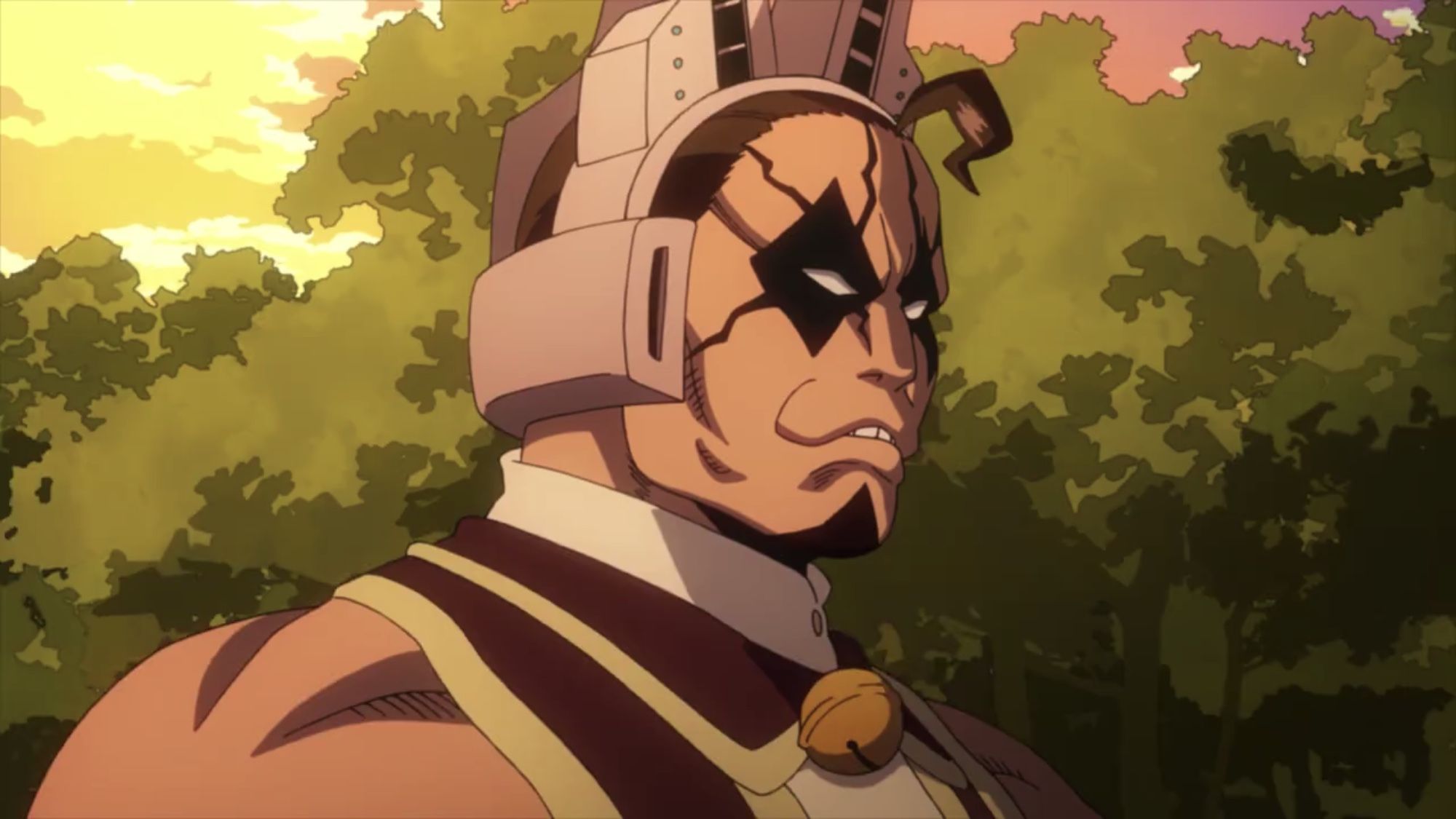
Tiger demonstrates that living proudly and confidently with one’s gender identity is not only possible but important. His character challenges stereotypes and shows that being true to oneself is more important than conforming to societal expectations.
By portraying Tiger in this way, My Hero Academia celebrates diversity and encourages the acceptance of transgender people in society. Tiger’s presence in the story normalizes the idea that gender identity is personal and should be respected without judgment or prejudice.
20) Hana
Hana is a central character in Tokyo Godfathers, one of the three protagonists, and also a transgender woman. She represents an older generation of transgender individuals and those who transition later in life. Hana’s gender identity is a significant part of her character, yet it is not the sole defining aspect of who she is.
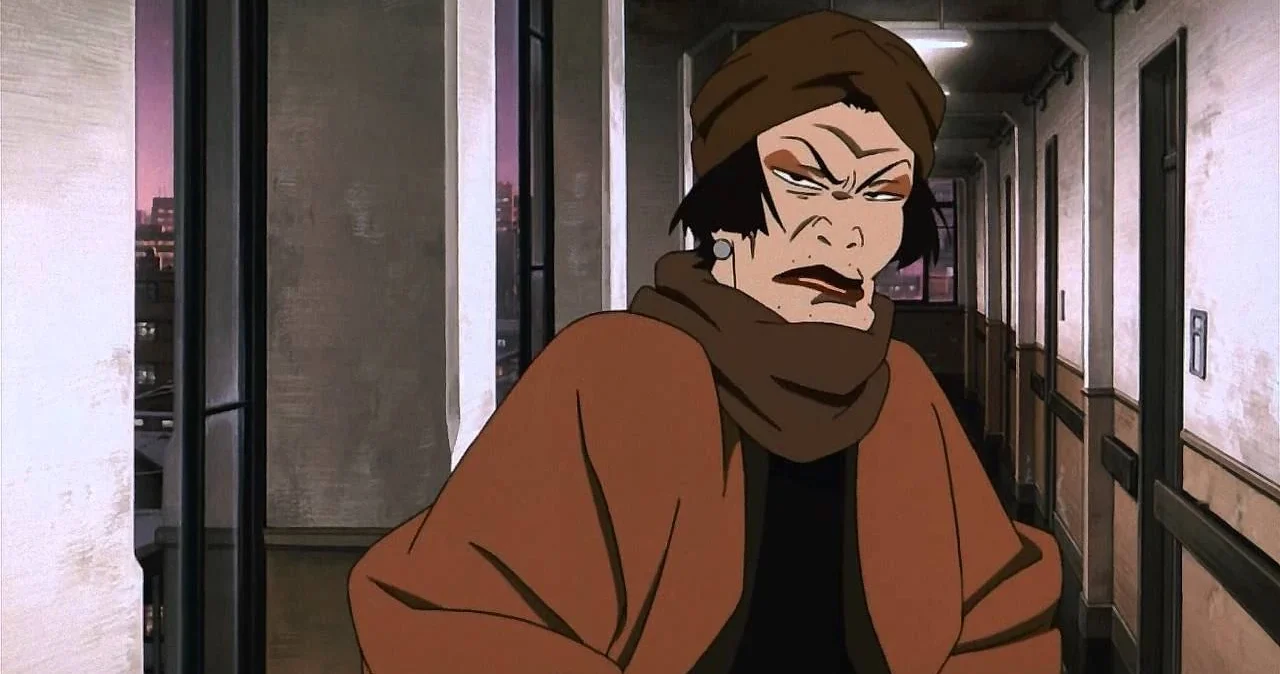
Throughout the series, Hana’s character is richly developed beyond her gender identity. She is portrayed as compassionate, resilient, and wise, qualities that resonate with viewers regardless of their background.
Her journey in Tokyo Godfathers highlights the challenges and triumphs of transgender individuals, particularly those who have lived longer lives.
21) Kiyoka Takamori
Kiyoka is a transgender woman and a close friend of Haru, the main protagonist in their high school days. Their bond remained strong even after Kiyoka began her transition, and they worked together at Haru’s cafe.
Kiyoka’s role in the queer anime community is a testament to the unconditional support that loved ones can provide when someone comes out and begins living as their true gender.

Her friendship with Haru showcases how natural and meaningful relationships can be when based on genuine acceptance and understanding. Kiyoka’s story highlights the importance of having supportive friends who see beyond gender identity to the person within.
In the anime, Kiyoka is portrayed as a kind-hearted and dependable friend, qualities that endear her to both the characters in the series and the viewers.
Her presence contributes to a positive portrayal of transgender individuals, showing that being true to oneself is not only possible but also deeply rewarding when surrounded by supportive friends.
22) Magne
Magne, a member of the League of Villains in My Hero Academia, is an important figure for queer representation in mainstream media. She is a transgender woman who is embraced and supported by her fellow villains, showcasing a positive portrayal of trans identity in the series.
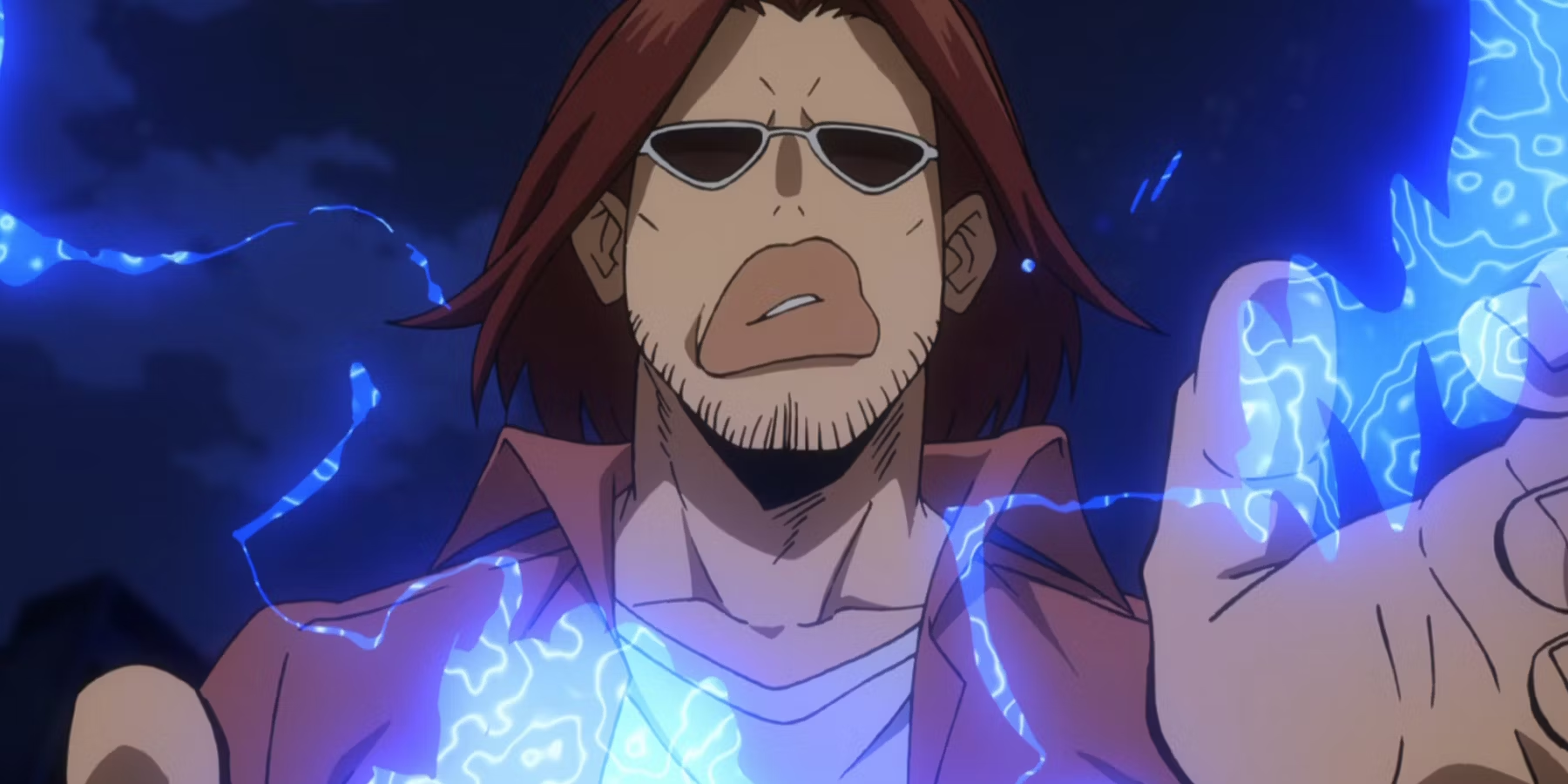
Her role becomes particularly significant during the Forest Training Camp Arc, where the League of Villains faces off against the Wild Wild Pussycats, a hero team that also includes a transgender member.
This dynamic illustrates that transgender individuals are not confined to specific roles or categories in society but are part of every facet of life.
23) Kaoru Kurita
Kaoru Kurita is a transgender boy who proudly embraces his gender identity, often dressed in clothes that reflect the transgender pride flag. His journey to self-acceptance is a powerful one, marked by overcoming a dark and difficult past to live a happier and more authentic life as a male.
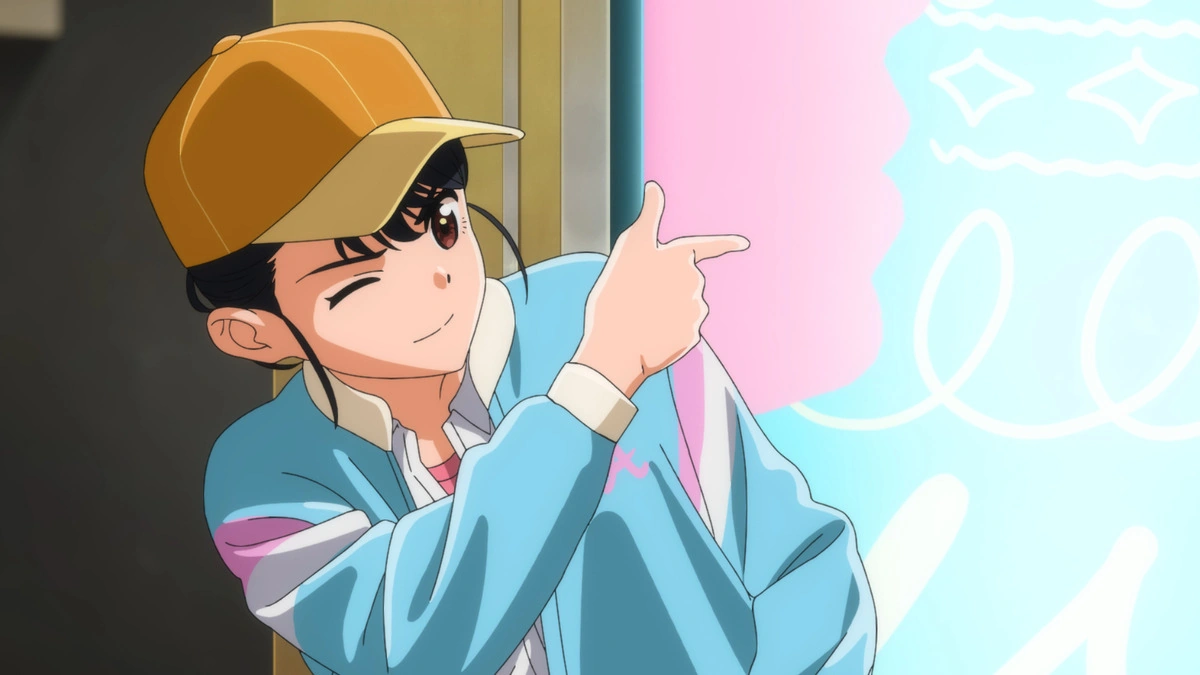
Despite the challenges he faced, Kaoru’s story is a beacon of hope for transgender youth. It highlights the importance of self-expression and finding inner peace by embracing one’s true identity. His ability to live openly as a transgender person represents the joy and fulfillment that comes with being true to oneself.
Kaoru’s character is significant not only for his personal growth but also for his representation in media, where transgender identities are increasingly being portrayed with respect and understanding.
Memes of the Day
Midareuchi
Stepmothers friends
Dearest Blue
Mechanized Memories [Mecha Sharekoube]
The Mature *** of a Female Teacher [Ice]
Hyeonjung’s Residence
Gimai ni Ani wo Torarete Shimatta
Code : 325819
Furachi | Unforgivable [Urasuji samurai]
Boshi Kara Hajimeru Renai Kankei [Nihito]
Replace 8 with a and search – hent8ilib 405411
Replace 8 with a and search – hent8ilib 395945
Sauce: 450039
Kaa-san Datte Onna Nandayo! | Mothers Are Women Too! [Kurosu Gatari]
Sauce: HFox | 81972
(nh version was deleted)
Shojo to Kanojo to Netorare to | The Virgin, the Girlfriend, and NTR [Bekotaru]
Pixiv 115080846
[DISC] Kesa Mo Yuraretemasu (They Are Still Being Shaken This Morning) – Ch.5 – Still smelling this morning
Sauce: 416869
Tonari ni Itai kara [Ebi Fry Teishoku]
Sauce: 396216
Uwasa no Conveni Tenin-san | The Rumoured Convenience Store Worker [Hotate-chan]
Sauce: 439327
Sakurauchi no Kyuujitsu | Sakurauchi’s Day Off [Alp]
Sauce: 436389
Can’t We Do It Today? [Pei]
Pixiv 103609425
You can read the manga/photos on MangaLunatic and Pixiv: Raiden Collection






